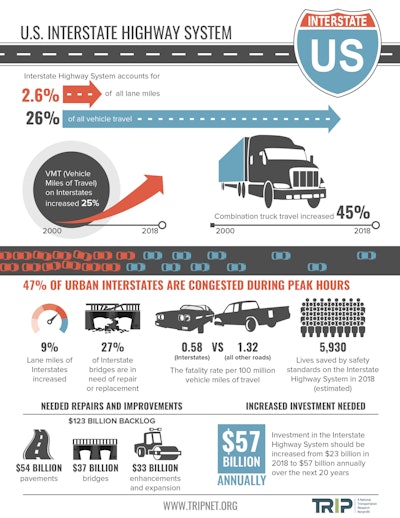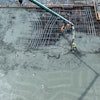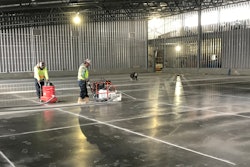
A new report by TRIP examines the aging U.S. Interstate Highway System as it faces increasing usage, mounting congestion and deteriorating road and bridge conditions.
The report, “Restoring the Interstate Highway System: Meeting America’s Transportation Needs with a Reliable, Safe & Well-Maintained National Highway Network,” finds that as the U.S. Interstate Highway System reaches 64 years old, it faces increasing congestion, unprecedented levels of travel – particularly by large trucks – and insufficient funding to make needed repairs and improvements.
TRIP found that there is a backlog to the tune of $123 billion for the needed repairs and improvements on our interstates. $54 billion is needed to improve pavements, $37 billion to repair our bridges (with 27% of all bridges needing repair) and additional $33 billion required for enhancements and expansions to combat rising traffic and congestion. The report suggested that in order to repair these systems, funding should be increased from the $23 billion that was spent in 2018 on these systems to over $57 billion annually over the next 20 years.
State by State Break Down
TRIP’s report ranks the states by Interstate systems that are the most congested, have the largest share of pavement in poor condition and bridges in poor/structurally deficient condition, have the highest fatality rate, have experienced the greatest increase in vehicle miles of travel (VMT) since 2000, and that carry the greatest share of commercial trucks.
Pavements on 11% of Interstate highways are in poor or mediocre condition, with three percent rated in poor condition and eight percent rated in mediocre condition. Another nine percent of Interstate pavements are in fair condition and the remaining 79 percent are in good condition.
Hawaii is the worst off with 19% of their pavements considered in poor condition. Delaware (11%), Wyoming (9%) and New Jersey (8%) are next in line.
An analysis of U.S. Department of Transportation’s National Bridge Inventory data indicates that more than one quarter – 27% – of Interstate bridges (15,709 of 57,741) are in need of repair or replacement. Three percent of the nation’s Interstate bridges are rated in poor/structurally deficient condition, and 56% are rated in fair condition.
The report found that Rhode Island and West Virginia are the most in need of bridge repairs with 17% and 14% of bridges being structurally deficient in those states respectively.
The report also found that travel on our nation’s Interstate highways is increasing at a rate nearly triple the rate that new lane capacity is being added. From 2000 to 2018, vehicle travel on Interstate highways increased 25%, from 662 billion miles traveled annually to 829 billion miles. From 2000 to 2018, lane miles of Interstates in the U.S. increased nine percent, from 208,502 to 226,626 miles.
Forty-seven percent of the nation’s urban Interstate highways (8,914 of 19,160 miles) are considered congested because they carry traffic levels that result in significant delays during peak travel hours. Not surprisingly, California has the most congested roadways with 87% of their urban Interstate highways considered congested. Eighty-two percent of Maryland roadways are considered congested and 78% of New Jersey roadways.
The full state-by-state breakdown can be found here.
Funding Needed Now
The ability of states to invest in Interstate highway repairs and improvements may be hampered by the tremendous decrease in vehicle travel that has occurred due to the COVID-19 pandemic, which the American Association of State Highway and Transportation Officials estimates will reduce state transportation revenues by at least 30% – approximately $50 billion - over the next 18 months.
The restoration and upgrading of the Interstate Highway System to meet 21st Century transportation needs will require strong federal leadership and a robust federal-state partnership to reestablish the Interstate Highway System as the nation’s premier transportation network.
"Today, the Interstate Highway System continues to save Americans time, lives and money while playing a critical role in supporting economic growth and enhancing the lifestyle choices of the nation’s residents and visitors," the report says. "If Americans are to continue to enjoy the benefit of the unparalleled level of access and mobility provided by the Interstate Highway System, which have enabled the nation’s unprecedented development and growth, the U.S. will need to commit to a well-funded program of Interstate restoration, modernization and renewal."
TRIP suggested the following be done to improve our Interstate system:
- Reconstruct the nation’s Interstate Highway System, including pavements, bridges and interchanges o Improve safety features on Interstate highways
- Right-size the Interstate Highway System by:
- upgrading some existing roadways to Interstate standard
- adding needed additional highway capacity on existing routes to maintain and improve mobility
- adding additional corridors to accommodate demographic and economic growth
- modifying some urban segments to maintain connectivity while remediating economic and social disruption





















